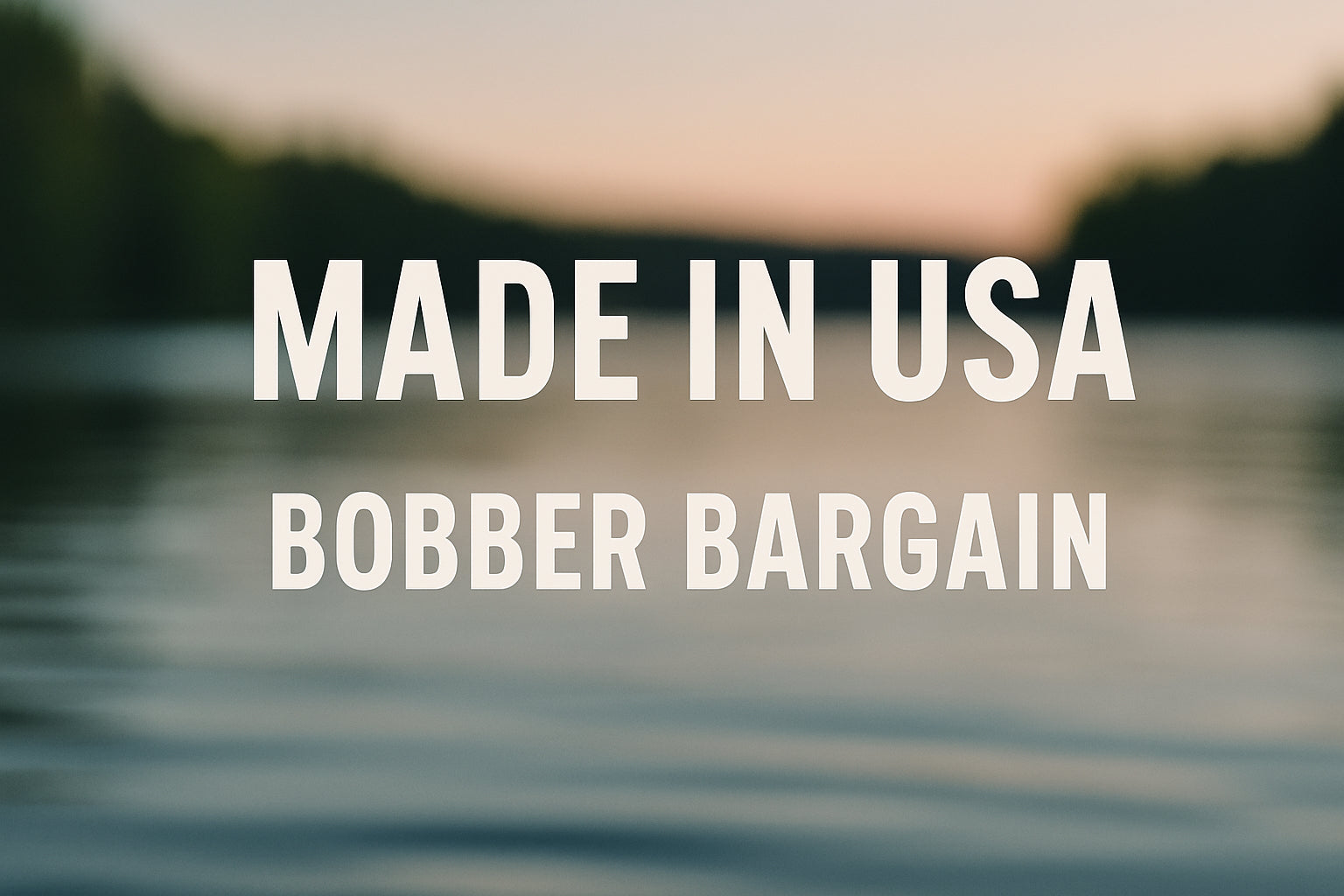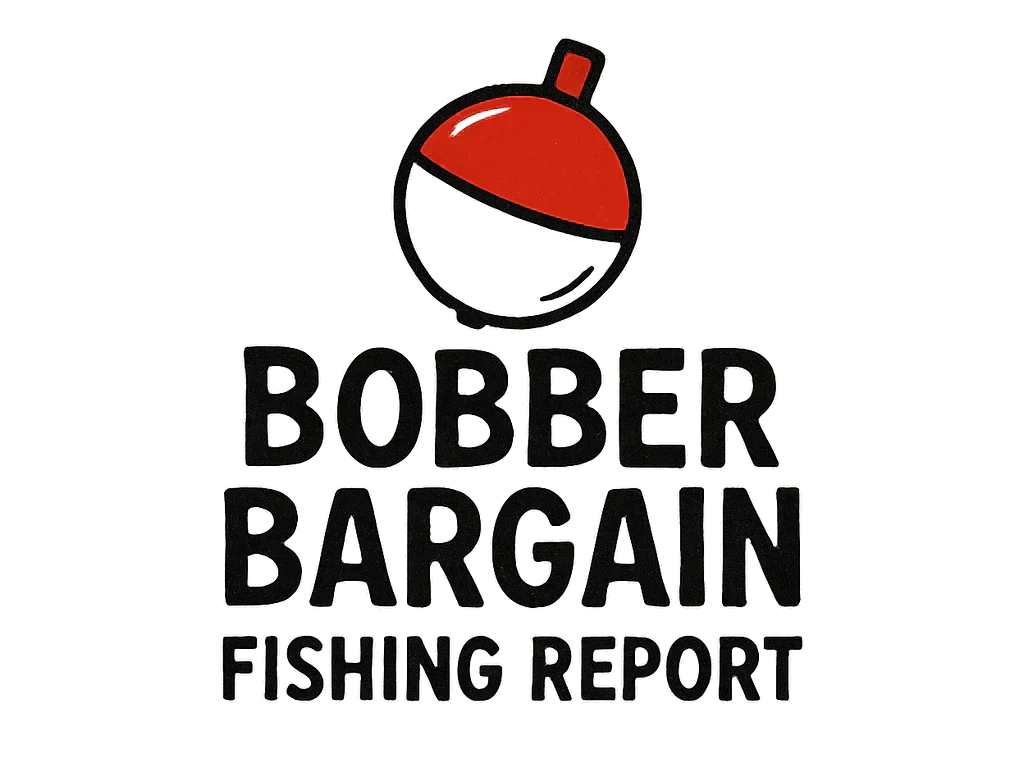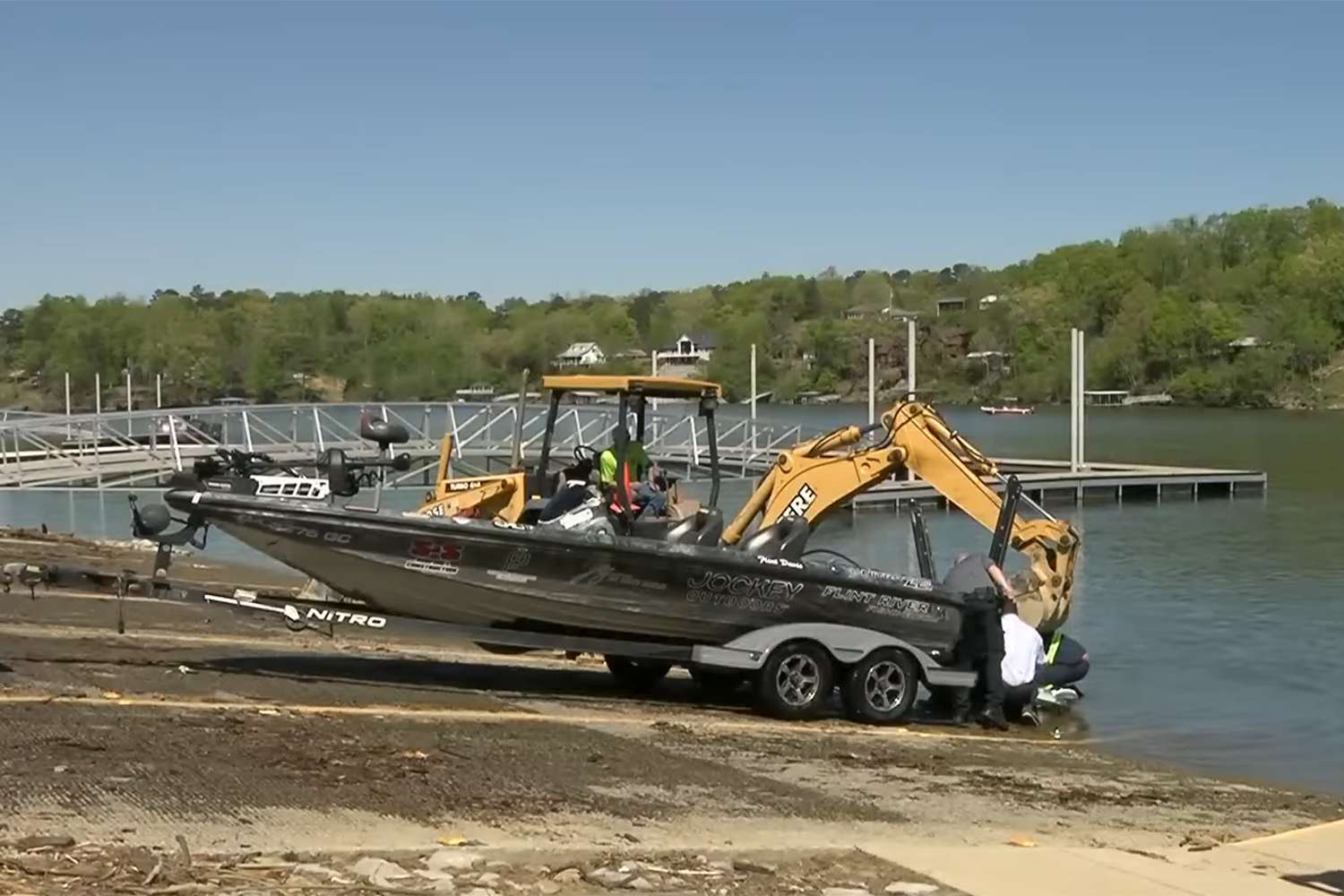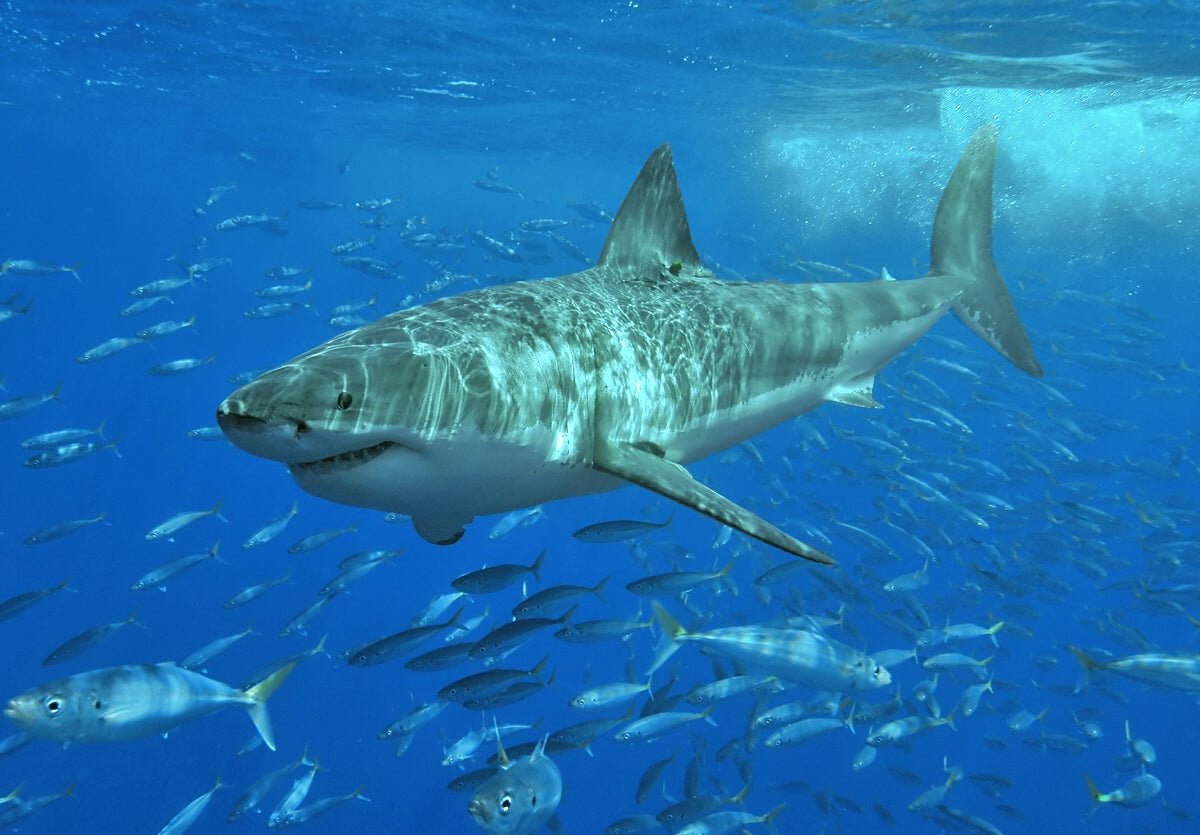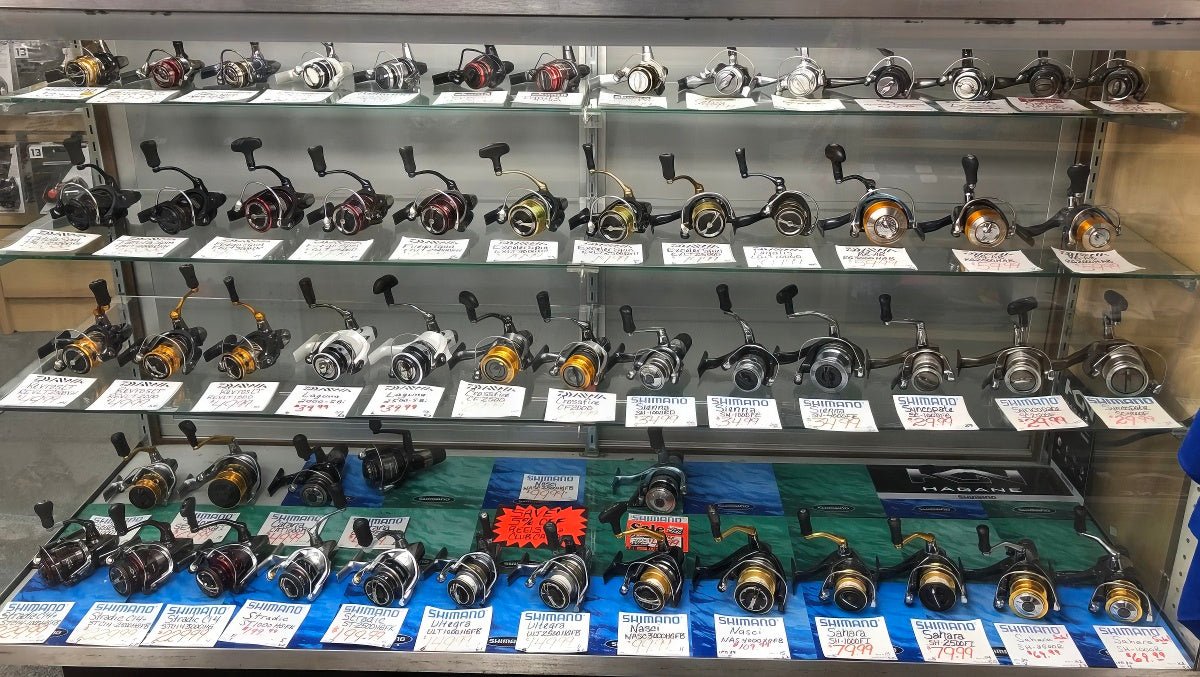New Fishing Gear Marking and Tending Rules to Go into Effect in Louisiana on October 20, 2024
As of October 20, 2024, new regulations set forth by the Louisiana Wildlife and Fisheries Commission will take effect, imposing updated rules on the marking and tending of fishing traps and passive fishing devices. These changes will impact both recreational and commercial anglers using traps and passive fishing gear in freshwater and saltwater across Louisiana.
These regulations aim to enhance accountability, ensure sustainable fishing practices, and protect Louisiana's diverse waterways for future generations of anglers.
Key Rule Changes for Traps and Nets
The updated regulations expand on the existing trap and net marking requirements. Effective October 20, 2024, the following will apply:
-
Trap Marking:
- All recreational crawfish traps, cans, barrels, and bream traps must be marked using a waterproof tag or paint/ink on the buoy.
- The markings must include the user’s recreational/commercial license number.
This measure helps track the use of traps, ensuring compliance and promoting more responsible fishing practices. Marking traps appropriately is crucial for protecting the integrity of Louisiana's fisheries, as it provides authorities with important information for monitoring and enforcement.
Updated Regulations for Passive Hooked Gear
Passive fishing devices such as yo-yos, trigger devices, trotlines, limb lines, and jugs are commonly used for both recreational and commercial fishing. The updated rules add specific requirements for these devices:
- All passive hooked gear, including yo-yos, trotlines, and jugs, must have a waterproof tag with the angler's fishing license number.
- No more than 50 recreational yo-yos, trigger devices, trotlines, limb lines, or floating devices containing hooks are allowed per angler.
- Mandatory 24-hour checks: Each set line must be checked and rebaited every 24 hours, with all fish or animals removed promptly.
- Immediate removal: Set lines must be removed from waterbodies when they are no longer being actively used.
These requirements aim to prevent overfishing and ensure that lines left in the water are not neglected, which could lead to unintended damage to fish populations and the environment.
New Restrictions for Set Lines
Additionally, the new regulations clarify the construction and placement of objects used to secure set lines:
- No metal objects driven into the lake bottom, trees, or shorelines may be used to anchor set lines.
- Size restrictions: Objects anchoring passive fishing devices cannot exceed 2 inches in diameter.
- On select lakes (e.g., Black-Clear Lake, Bruin, Caddo Lake, Lake St. Joseph, and Lake D’Arbonne), no more than 150 hooks may be used per commercial trotline, and only 50 commercial yo-yos or similar devices are allowed.
These restrictions serve to preserve the integrity of the waterways while also maintaining a balance between recreational and commercial fishing.
Important Statistics for Louisiana Anglers (2024)
To help visualize the impact of these new regulations, here’s a breakdown of important fishing statistics and limits:
| Regulation | Limit |
|---|---|
| Maximum recreational yo-yos/hooks | 50 per angler |
| Maximum commercial yo-yos/hooks | 50 per commercial license |
| Maximum recreational trotline hooks | 150 hooks combined (all lines) |
| Maximum commercial trotline hooks | 150 per trotline on designated lakes |
| Mandatory line checking frequency | Every 24 hours |
Why These Regulations Matter
These new regulations are designed to promote sustainable fishing practices, protect fish populations, and reduce the risk of overfishing. By ensuring that all passive fishing gear is properly marked and tended, authorities can more easily monitor and enforce responsible fishing, preventing harm to Louisiana’s natural resources.
Additionally, these rules are in place to protect anglers and the public. Neglected lines can pose dangers to both fish and recreational users of Louisiana’s lakes and rivers.
Best Practices for Complying with the New Rules
Anglers should make sure their gear complies with the new rules by:
- Clearly marking all traps and passive gear with waterproof tags.
- Regularly checking and maintaining all fishing equipment.
- Adhering to the new gear limits to avoid overfishing and penalties.
- Following proper gear removal procedures to avoid environmental impact.
For the full list of updated regulations, check the official website of the Louisiana Department of Wildlife and Fisheries.
Stay Compliant: If you need any fishing gear or accessories, check out our collection of waterproof tags, trotlines, and other essential fishing equipment to ensure you're ready for the new regulations!


